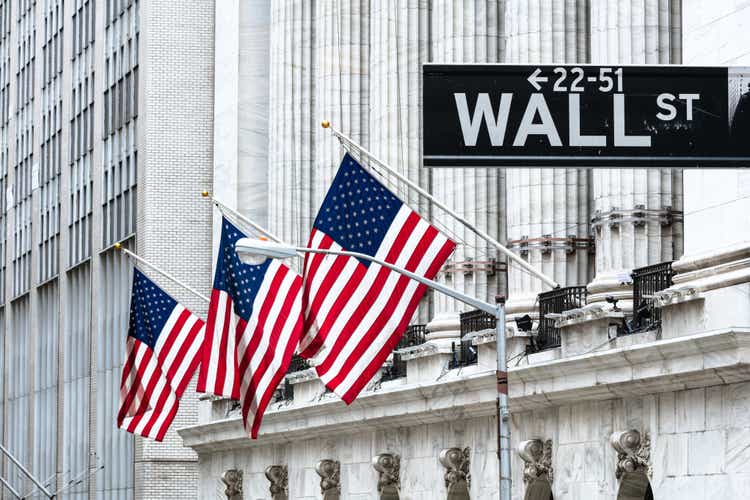Matteo Colombo/DigitalVision via Getty Images
The stock market posted modest losses on Friday, failing to bounce back from Thursday’s massive selling spree. In a choppy session, the S&P 500 tested the 4,100 mark and the Nasdaq challenged 12,000. However, all the major averages managed to cut their losses by the close.
The Nasdaq led the decline again, adding to its 5% drop in the previous session and once again recording its lowest close since 2020. Meanwhile, the S&P 500 posted its lowest close of 2022 and the Dow finished below 33,000 for the first time since March.
Worries about interest rates and the health of the consumer have weighed on the market lately. On Friday, the latest jobs figures weren’t enough to inspire a more optimistic view of the economy.
Although they attempted to push into positive territory earlier in the session, the Nasdaq (COMP.IND) closed -1.4%, S&P (SP500) ended -0.6% and Dow (DJI) finished -0.3% by mid-afternoon trading.
Looking at the day’s preliminary closing numbers, the Nasdaq dropped 173.03 points to end at 12,144.66. The Dow dipped 98.60 points to finish at 32,899.37. The S&P 500 concluded trading at 4,123.34, a decline of 23.53.
Minneapolis Fed President Neel Kashkari said he sees the Fed’s neutral rate at 2% and that supply constraints unwind quickly hikes to neutral might be enough to bring down inflation.
“What’s dangerous about yesterday’s huge market slump is that there must be an element of doubting the ability of there to be an effective ‘Fed Put’ in this cycle following a 30-40 year period where the central bank has almost always been able to come to the market’s rescue,” Deutsche Bank’s Jim Reid said.
On the economic front, nonfarm payrolls rose more than expected in April, and wage inflation eased, but the labor force participation rate arrested its upward trend, falling back slightly.
“What’s not clear at this point, though, is whether the slowdown in payroll growth is a temporary hit triggered by the Ukraine war and the accompanying jump in energy prices, or an inevitable consequence of employment recovering most of the plunge triggered by the pandemic, or a more alarming downshift caused by the tightening of financial conditions,” Pantheon Macro’s Ian Shepherdson said. “We think the latter is unlikely; it’s just too soon.”
Shepherdson added: “[Fed] Chair Powell was very clear Wednesday that the Fed currently intends to hike by 50bp in both June and July, but if the wages numbers continue to signal a meaningful slowing we think the July 50 is not a done deal. Bear in mind that inflation will fall sharply over the next three months too, and we expect the housing market downturn to be undeniable in the data by then too.”
Among active stocks, NRG Energy was among the top gainers in the S&P after a big profit, while Under Armour got clobbered on margin worries.
